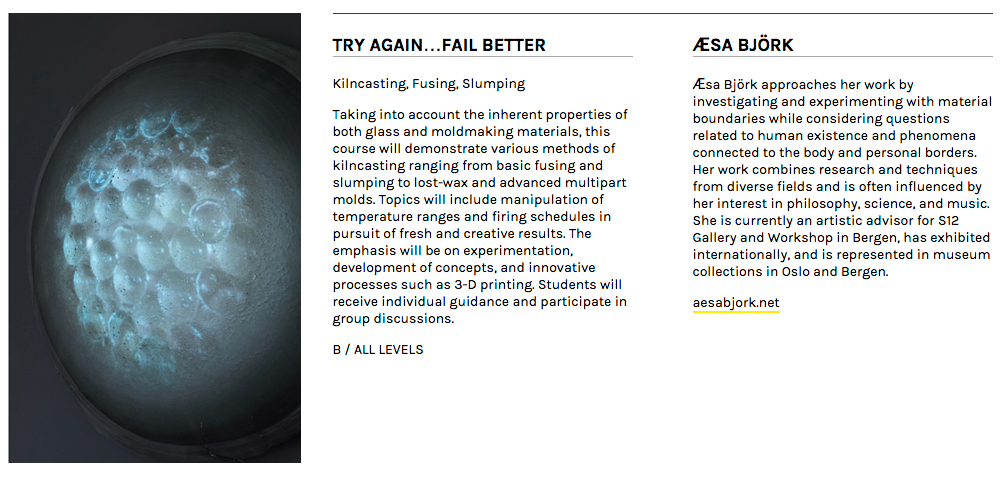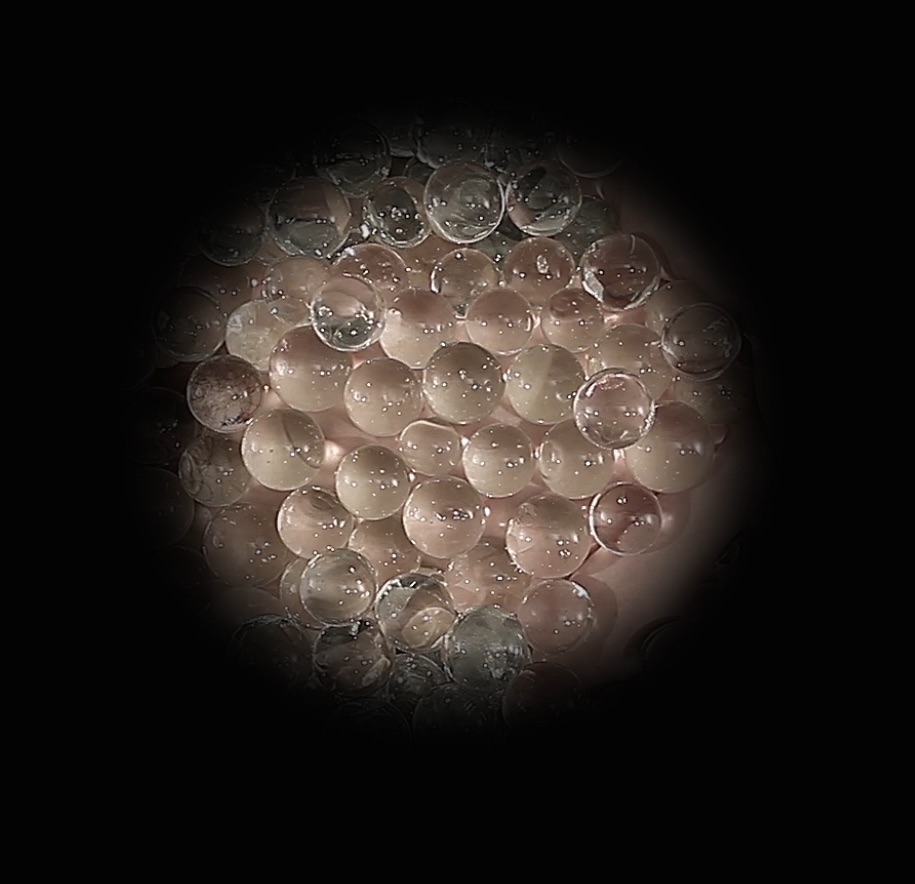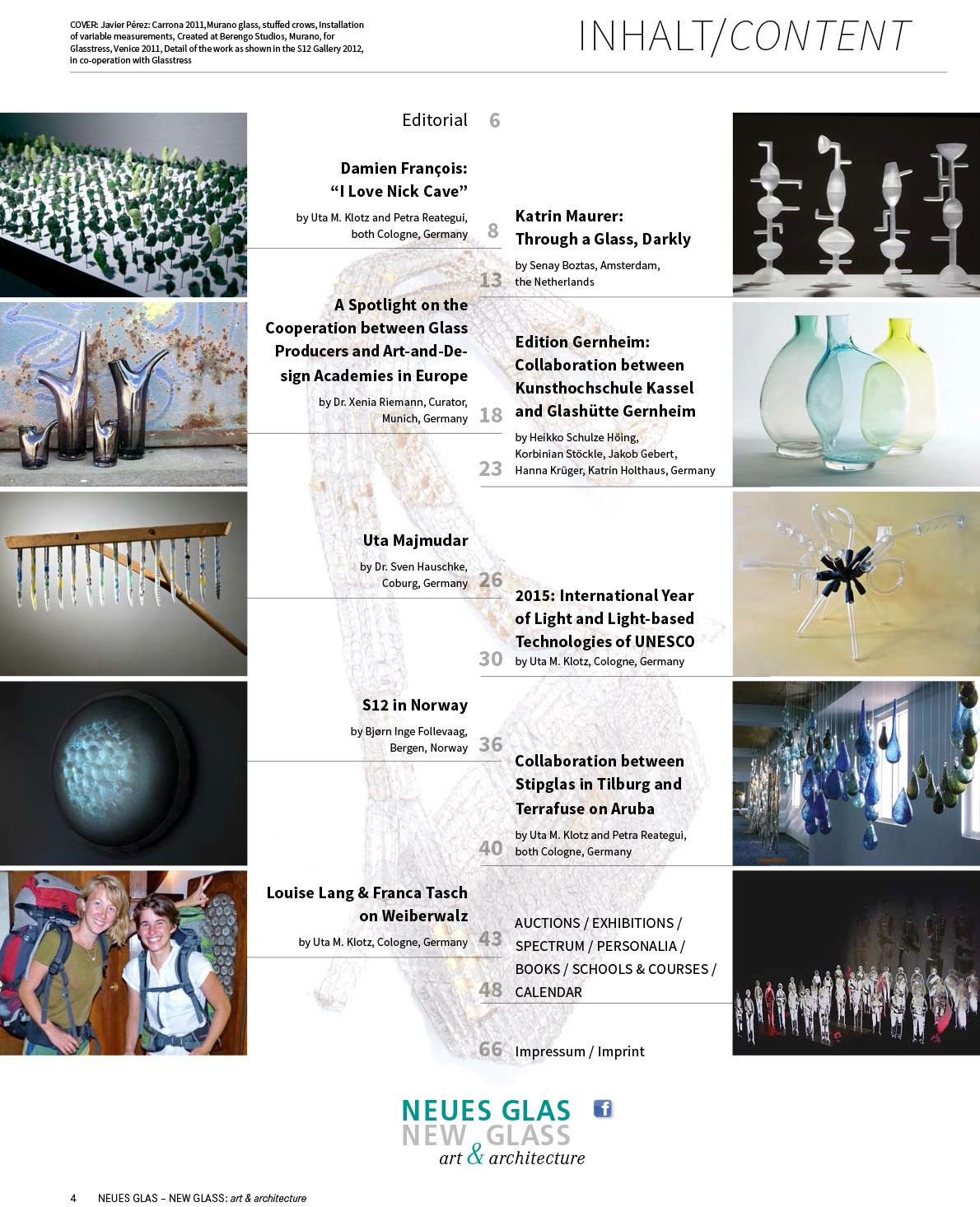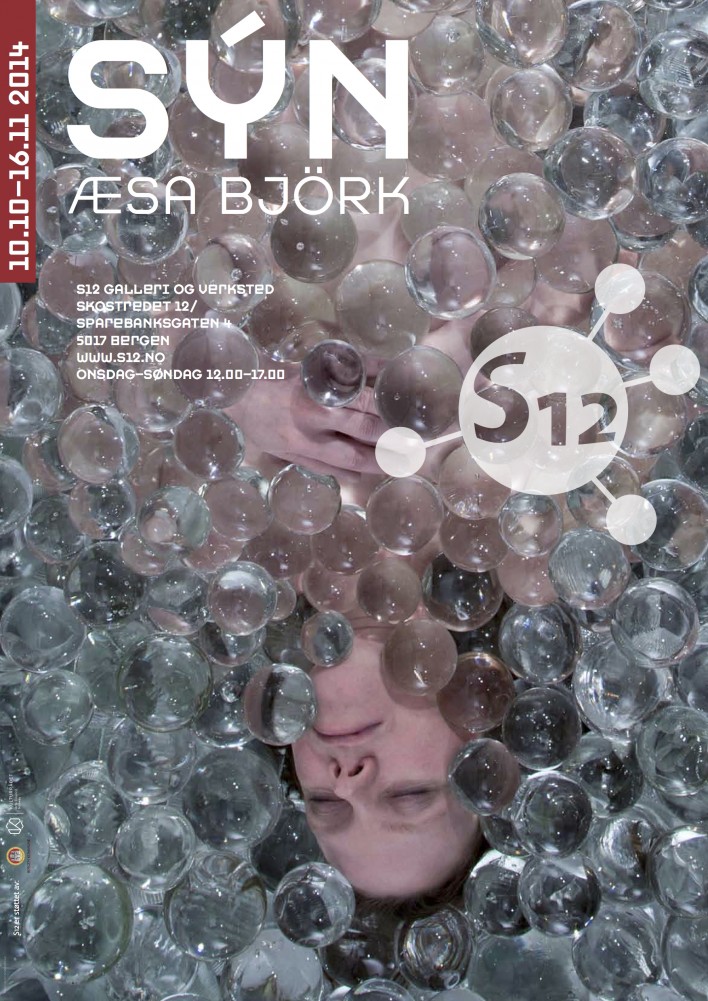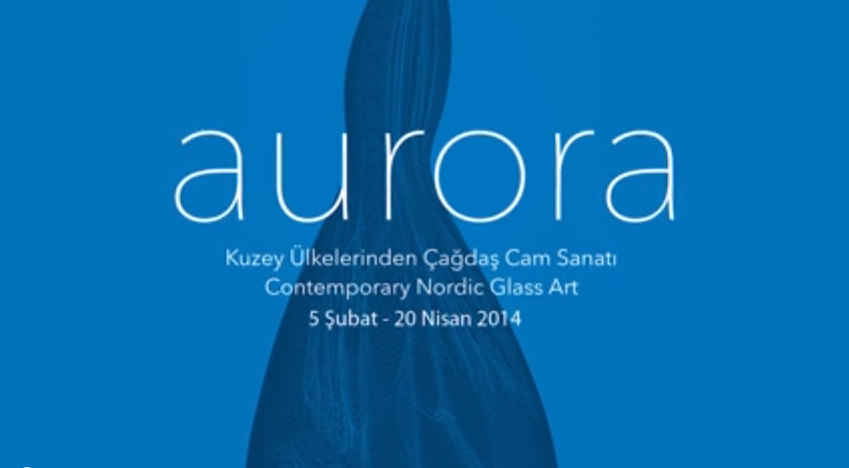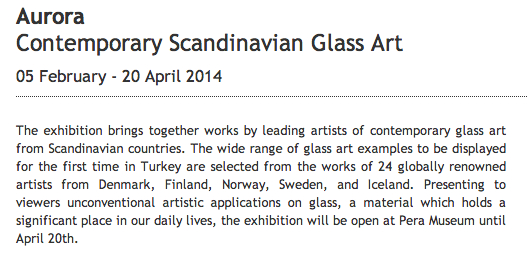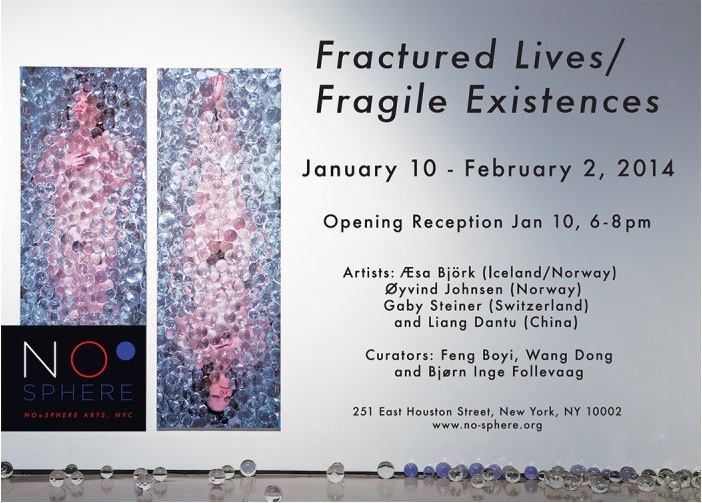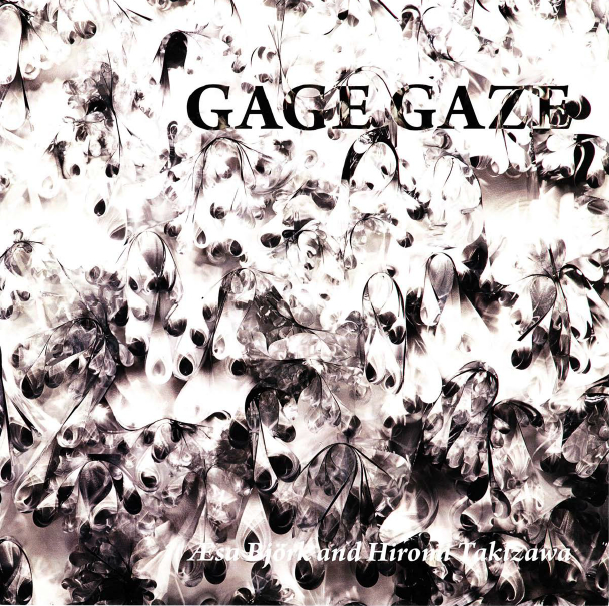European Glass Context – Bornholm Art Museum
- September 10, 2016
- Exhibitions
EGC2016 – Curated,
Bornholm Art Museum
Sep. 10 – Nov. 13 2016
This exhibition will be exhibited at Bornholm Art Museum and will be curated by a group of 6 curators. The curators will nominate artists for participation from their region, the curator group will make the final selection.
A minimum of 1, and a maximum of 2 artists from each of the 31 European countries will be accepted and be represented with 1- 2 principal pieces of work.
Participation in this exhibition, is by nomination only.
Who can participate?
All 28 members of the European Union as well as Iceland, Norway and Switzerland are invited to participate in the EGC2016 exhibitions.
Artists must be of the nationality or be a resident in the country they represent. Artists that took part in the EGC2012, may not participate in the same exhibition category in EGC2016.
Artwork can be made in any technique and form of artistic expression. The materials used in the artwork must be predominantly glass. Objects must be unique and not part of serial or industrial production. Artwork must be available throughout the full exhibition period. Artwork must be contemporary and made in 2012 or later, work produced before this time will not be accepted.
Curator Group
The curators will nominate artists for participation in the curated exhibition at Bornholm Art Museum and the entire curator group will make the final selection.
The curator group will also select participants among applicants for the open call exhibition at Grønbechs Gaard.
The group has 6 members representing various regions in Europe. The curators may come from different backgrounds within museums and education, but have all been invited because of their insight and expertise of contemporary glass in Europe. The curators play a vital role in the profile and organization of European Glass Context. Their choices will outline the direction in which contemporary glass is going in their region.
Europe 1: Maja Heuer, Museum Director The Glass Factory, Sweden
Europe 3: Dr Jeffrey Sarmiento, Reader in Glass, MA Glass Programme Leader, University of Sunderland, UK
Europe 4: Dr. Raimonda Simanaitiene, Assoc. Professor at Vytautas Magnus University, Lithuania
Europe 5: Sylva Petrová, Curator at ZIBA Prague Glass Experience Museum, Czech Republic
Europe 6: Maria Luisa Martinez, Museum Director El Museo de Arte en Vidrio de Alcorcón – MAVA
The EGC2016 Prizes and Jury
Two prizes of € 10.000 € and € 5000 will be given to two outstanding artists or artists groups, selected among the participants in the two exhibitions. A jury of three international members with expertise within the field of glass will go through the exhibitions before the opening and select the prize winners. The winners will be announced at the exhibition opening.
The Jury members are:
Åsa Jungnelius SE, Artist and professor at Konstfack Stockholm SE
Jean-Luc Olivié FR, Chief Curator at Musee Les Arts Décoratifs FR
Lars Kærulf Møller DK, Museum director, Bornholm Art Museum DK
Venue: Bornholm Art Museum
Dates: 10. Sep. – 13. Nov. 2016
Participation: By nomination only
TERMS & CONDITIONS FOR PARTICIPATION – BOTH EXHIBITIONS
EUROPE 1
Norway
Monica Alvestad Amundsen
Sweden
Charles Stern
Sara Lundkvist
Finland
Helmi Remes
Riika Latva-Somppi
Iceland
Aesa Björk
Denmark
Mette Colberg
Pernille Braun
EUROPE 2
Germany
Sibylle Peretti
Thomas Kuhn
Austria
Eva Moosbrugger
Verena Schatz
Switzerland
Veronika Suter
The Netherlands
Alexandra Bremers
Katrin Maurer
Cyprus
Yorgos Papadopoulos
EUROPE 3
Ireland
Alison Lowry
Sinéad Brennan
United Kingdom
James Maskrey
Karlyn Sutherland
France
Jeremy Maxwell Wintrebert
Nadège Desgenétez
Belgium
Ilse Van Roy
Sylvie Vandenhoucke
EUROPE 4
Estonia
Eeva Käsper
Eve Koha
Latvia
Inguna Audere
Vineta Groza
Lithuania
Irina Peleckienė
Paulius Rainys
Poland
Agnieszka Lesniak Banasiak
Kalina Bańka
Bulgaria
Angelina Pavlova
Latchezar Boyadjiev
EUROPE 5
Czech Republic
Alena Matějka
Jiřina Žertová
Slovakia
Marta Matejková
Palo Macho
Slovenia
Monika Smolič
Hungary
Diána Farkas
Endre Gaál
Romania
Alexandra Mureșan
Mihai Topescu
EUROPE 6
Spain
Bárbara Gil de Biedma
Esther Pizarro
Portugal
Antonio Severino Pereira
Manuela Castro Martins
Italy
Silvano Rubino
Vittoria Parrinello
Croatia
Gordana Drinkovic
Exhibition catalogue
An exhibition catalogue will be produced presenting all artists with images of their work, critical notes and a short CV, as well as essays on contemporary glass.

